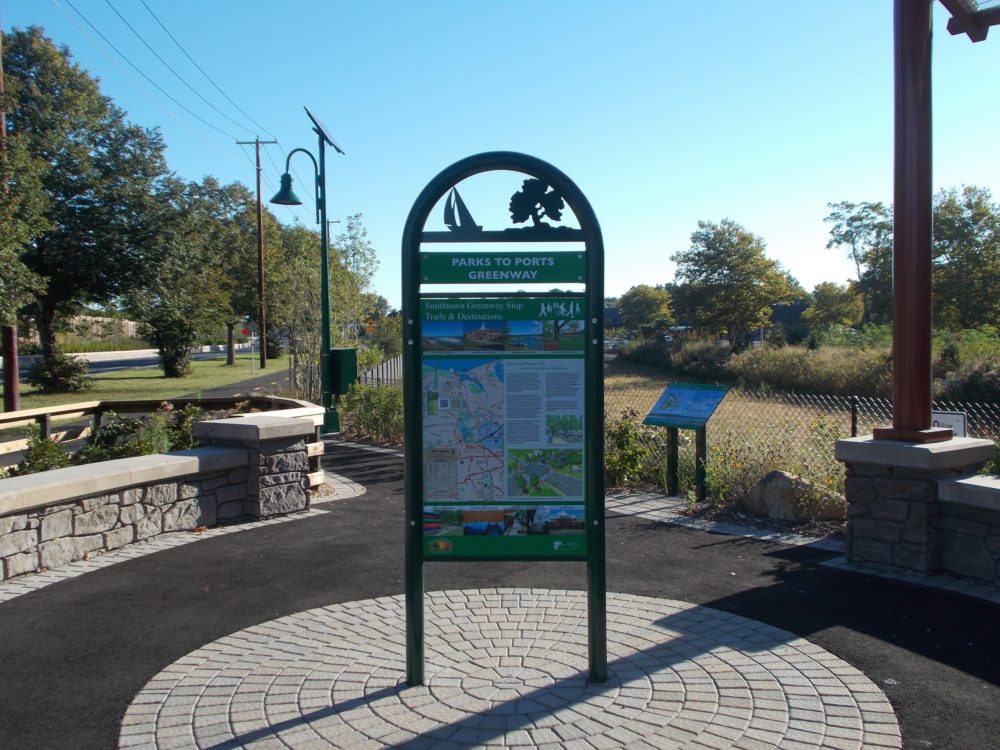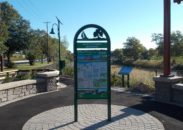Overview
LiRo provided design services for a design-build contract to widen, repair, and rehabilitate a section of NY Route 347 from Route 111 to Mount Pleasant Road to Terry Road, located in the Town of Smithtown, Suffolk County, New York. The road was a four-lane commercial arterial highway providing vital access to this area of Suffolk County. The road was completely reconstructed and widened with additional travel lanes, and incorporates safety mobility and environmental improvements.
About the Project
The culvert carrying the Northeast branch of the Nissequogue River under the highway was replaced with a natural bottom culvert with features to encourage safe passage for wildlife. A new positive drainage system was installed that reduces the impact of stormwater runoff on the river. Existing utilities were relocated to accommodate the new road configuration. Careful landscape design were integrate properties abutting the road with new construction to create a seamless Greenway or Boulevard. Sound walls were installed to minimize vehicular impact on the community, and Intelligent Transportation Systems (ITS) features were installed to incorporate the corridor into the NYSDOT’s INFORM system. Additional features included:
- Community sensitive – Green Route
- Raised, planted, decorative center median
- Pedestrian refuge areas and high visibility crosswalks
- Decorative solar LED lighting, pedestrian signals, and poles
- Sidewalk and shared-use path
- Bus stop improvements: decorative pavement, lighting, bus shelters
- Trees, shrubs, and groundcover planting at various locations
- Greenway Stop with information kiosk, interpretive signs, bike racks, shade structure, and seating
- Decorative sound walls and retaining walls
Project Challenges & Solutions
As the road is a heavily traveled route, Work Zone Traffic Control during construction was essential to support continued traffic flow and to maintain access to businesses and other properties as the work proceeds. Extensive coordination with NYSDOT and with local businesses and residents were conducted to communicate project details to all stakeholders. Continuous interface with municipal facilities ensured that utility modifications and relocations were properly phased to mitigate construction schedule impacts.














